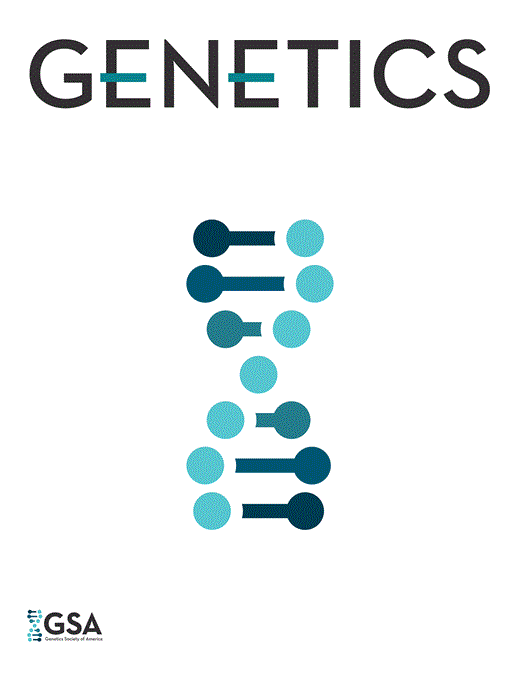-
PDF
- Split View
-
Views
-
Cite
Cite
R Francis, E Maine, T Schedl, Analysis of the multiple roles of gld-1 in germline development: interactions with the sex determination cascade and the glp-1 signaling pathway., Genetics, Volume 139, Issue 2, 1 February 1995, Pages 607–630, https://doi.org/10.1093/genetics/139.2.607
Close - Share Icon Share
Abstract
The Caenorhabditis elegans gene gld-1 is essential for oocyte development; in gld-1 (null) hermaphrodites, a tumor forms where oogenesis would normally occur. We use genetic epistasis analysis to demonstrate that tumor formation is dependent on the sexual fate of the germline. When the germline sex determination pathway is set in the female mode (terminal fem/fog genes inactive), gld-1 (null) germ cells exit meiotic prophase and proliferate to form a tumor, but when the pathway is set in the male mode, they develop into sperm. We conclude that the gld-1 (null) phenotype is cell-type specific and that gld-1(+) acts at the end of the cascade to direct oogenesis. We also use cell ablation and epistasis analysis to examine the dependence of tumor formation on the glp-1 signaling pathway. Although glp-1 activity promotes tumor growth, it is not essential for tumor formation by gld-1 (null) germ cells. These data also reveal that gld-1(+) plays a nonessential (and sex nonspecific) role in regulating germ cell proliferation before their entry into meiosis. Thus gld-1(+) may negatively regulate proliferation at two distinct points in germ cell development: before entry into meiotic prophase in both sexes (nonessential premeiotic gld-1 function) and during meiotic prophase when the sex determination pathway is set in the female mode (essential meiotic gld-1 function).



